
(BPT) - It’s a cool, crisp evening as you gather around a fire pit enjoying time with family and friends. However, a wonderful evening can quickly turn into a disaster if fire and its source aren’t taken seriously. The U.S. Consumer Product Safety Commission (CPSC) urges people to remember five safety tips that will help reduce the risk of severe injury or death when using a fire pit or a portable fuel container, like a gas can.
1. Never use liquid fuel for fire pits.
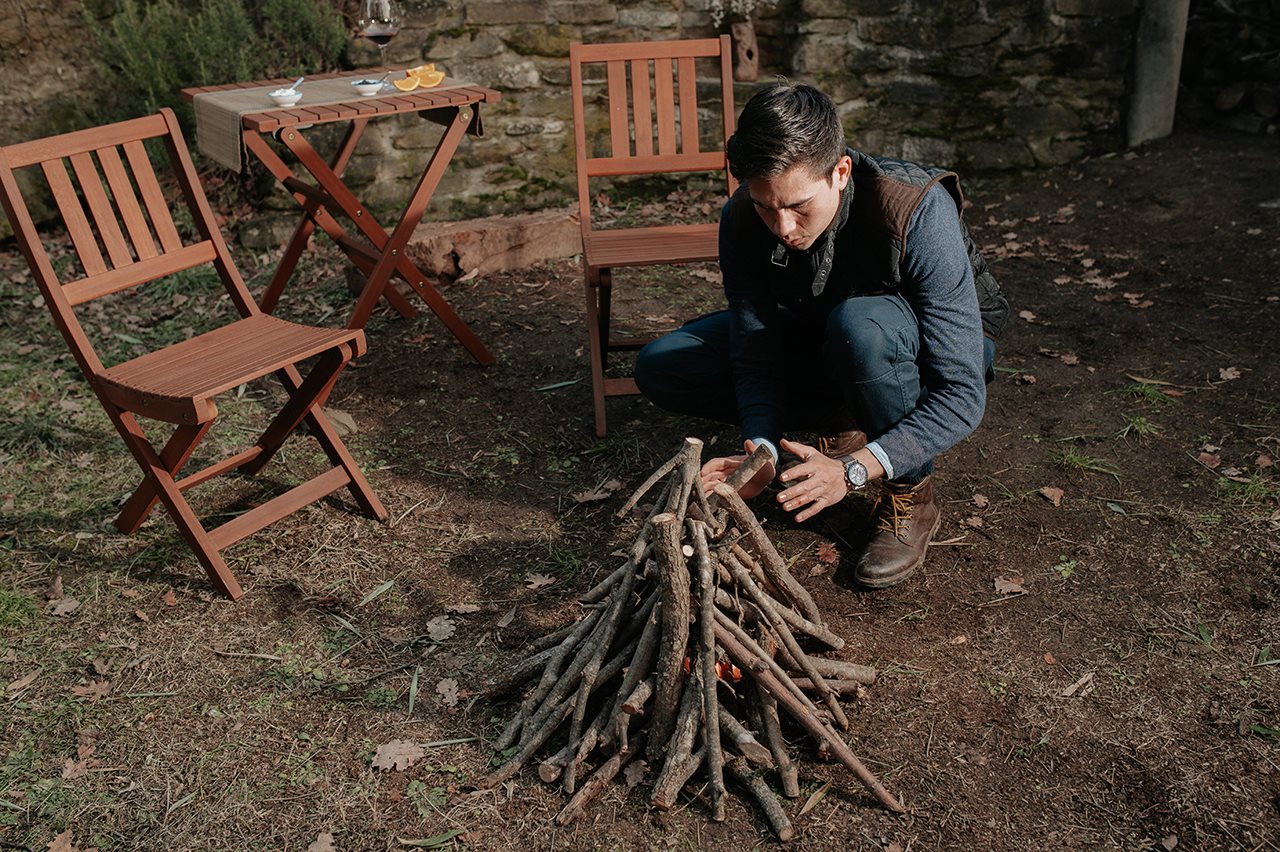
Whether it is time to start a fire or to keep one going, only use appropriate fire starters. Never use liquid fuels, like lighter fluid or gasoline. Even if the fire has not started, you can be seriously injured from a flashback explosion, because invisible fuel vapors can leak or escape from the liquid container you used. If the vapors contact a spark or flame, they can ignite and burn back into the fuel container, causing it to explode.
2. Keep a hose or fire extinguisher nearby.
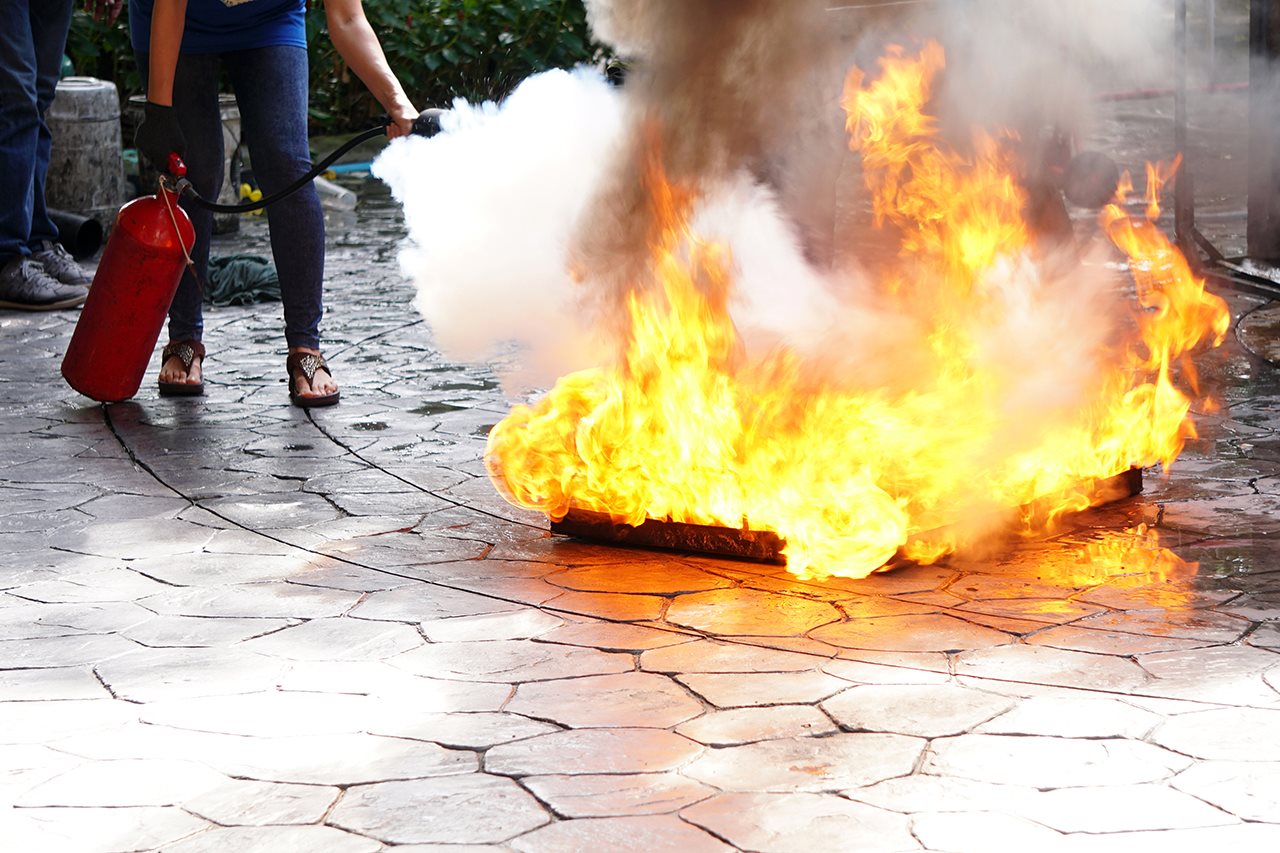
Under even the best circumstances, a fire pit can become dangerous in seconds. Therefore, it is important to have a way to put out a fire quickly. Plan to have a garden hose or fire extinguisher at the pit, before starting a fire. Pay attention to regional weather conditions, and never burn a fire, even a small one, in a fire pit, if the risk of wildfires in your area is high.
3. Play it safe around fire.
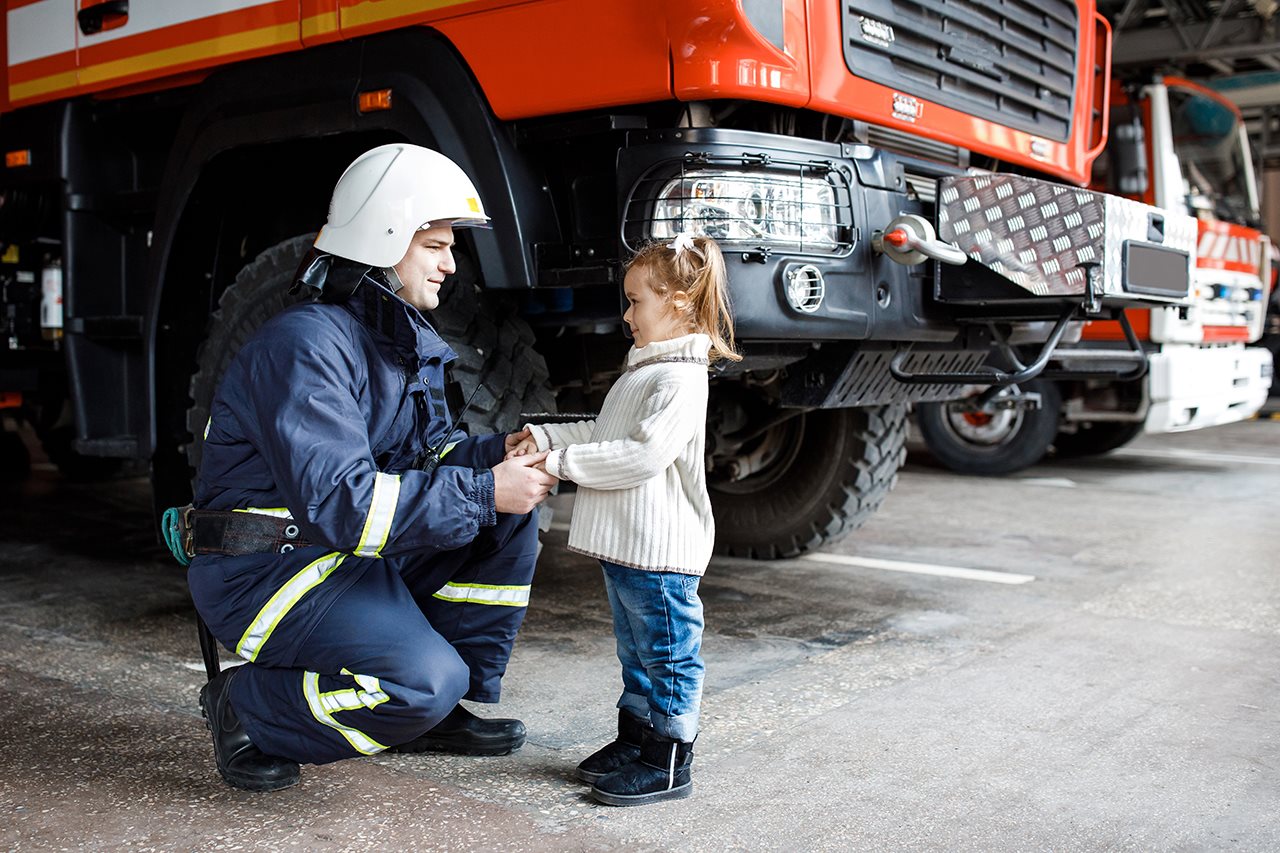
Burn injuries or death can occur when a simple mistake is made, or when people—of any age—play near a fire. CPSC urges adults to take fire safety seriously, and teach children how to be safe when near a fire. Keep matches up and away from children and explain that only adults can use them.
4. Store gas cans outside and out of reach of children.
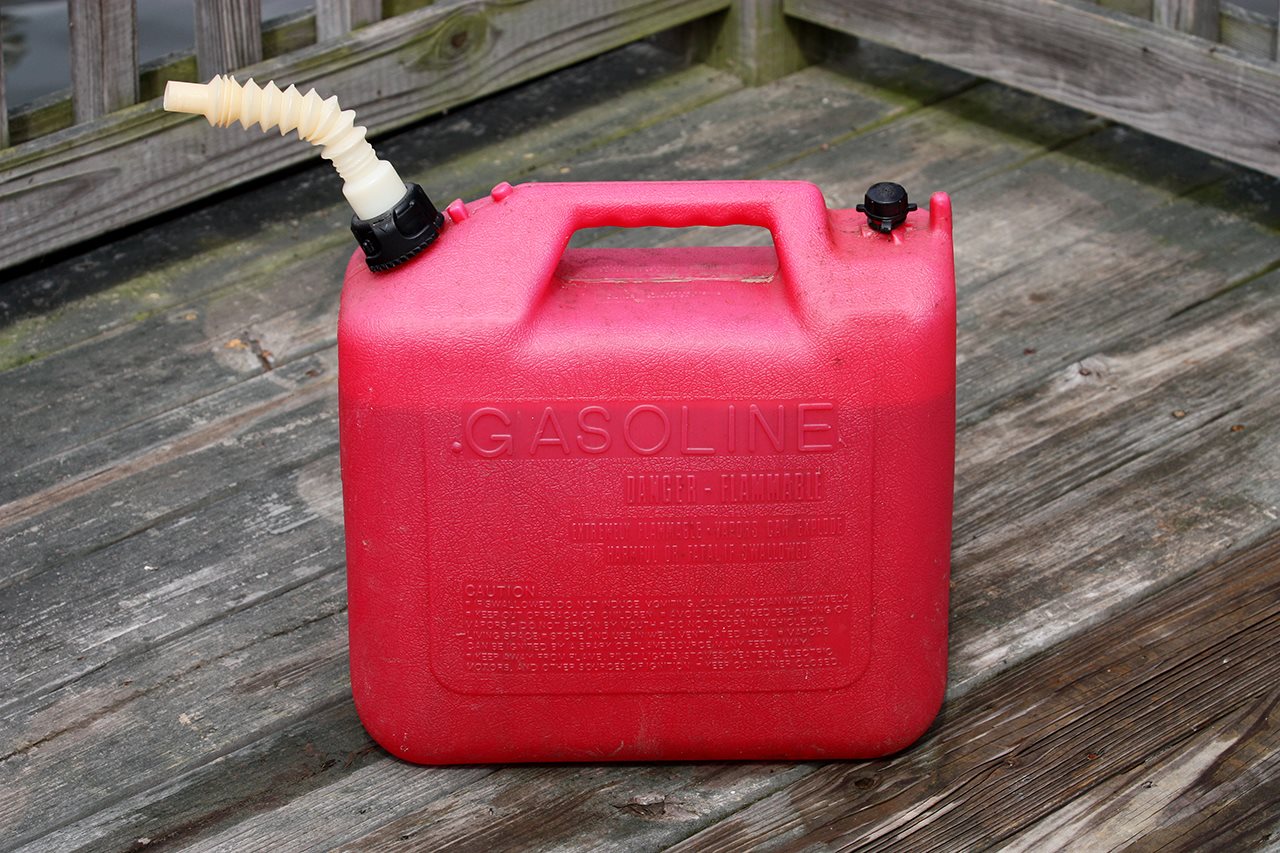
Gas cans are useful at home for lawnmowers, portable generators, snowblowers and other yard equipment. A simple device on the gas can — called a flame arrestor — can help prevent injuries. When purchasing a gas can, be sure it comes with a flame arrestor. Make sure gas cans are child resistant and kept out of their reach. When possible, keep the gas cans in a well-ventilated, cool area outside the home, because vapors can ignite and start a house fire. If you need to store the gas can in a basement or an attached garage, always keep it away from anything that could throw a spark or otherwise be a source of ignition, such as an electric mower, heaters, pilot lights, charcoal grills or other appliances that are on or even just hot.
5. Transport gas cans safely.
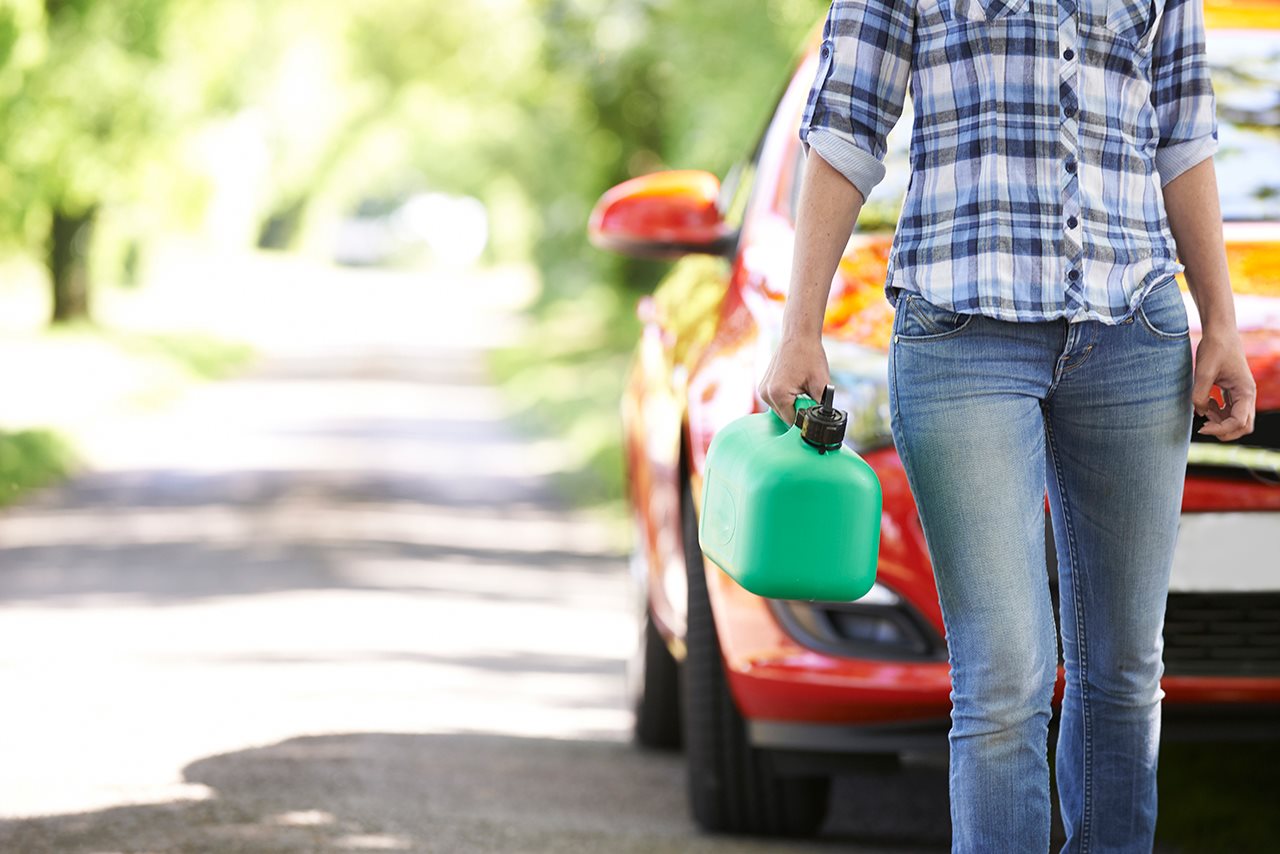
When purchasing or refilling a gas can, transport it in the trunk of your car or the bed of your pickup. Take care to ensure it will not move or tip over. Escaping vapors from the gas can could ignite, causing a fire or explosion. Once home, immediately remove the gas can from the car, and put it in a safe, cool place, up and away from children. If you’re refilling a piece of equipment, ensure that it is turned off, and not still hot from earlier use. Never transport or store gasoline in any container other than one intended for that use. It is extremely dangerous to fill plastic bags or any other container with fuel, even if it is going to be used immediately.
So please remember, gasoline should only be used for equipment that requires fuel to operate. To learn more about fire safety, including safety tips to lower the risk of a home fire incident, visit CPSC’s Fire Safety Education Center.
